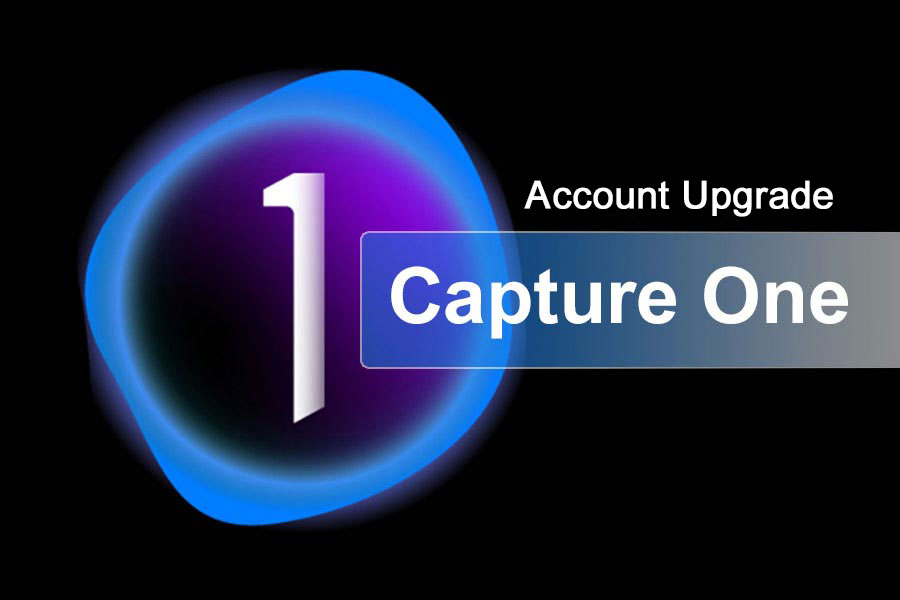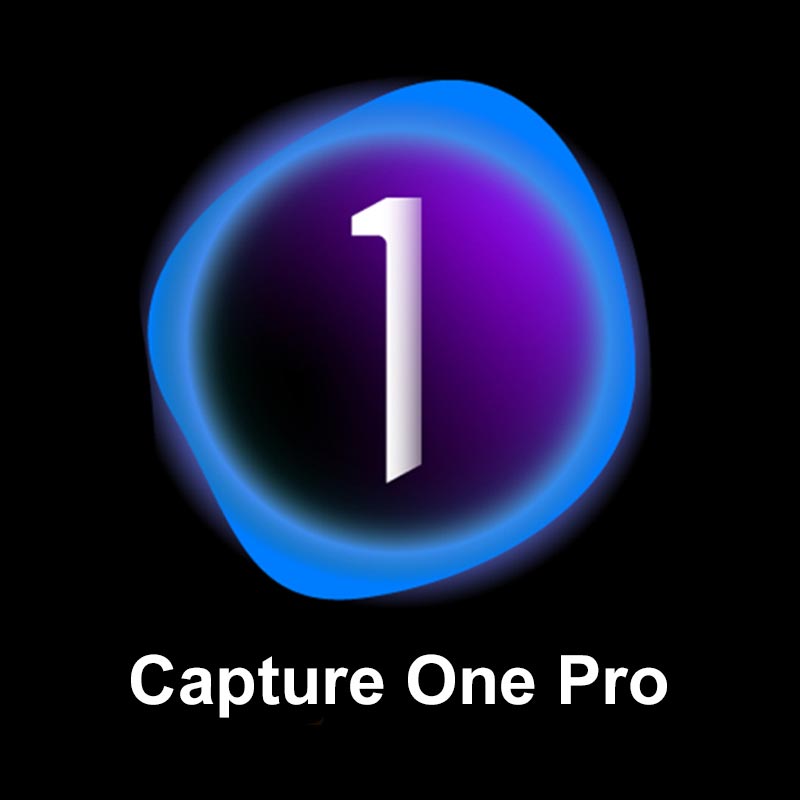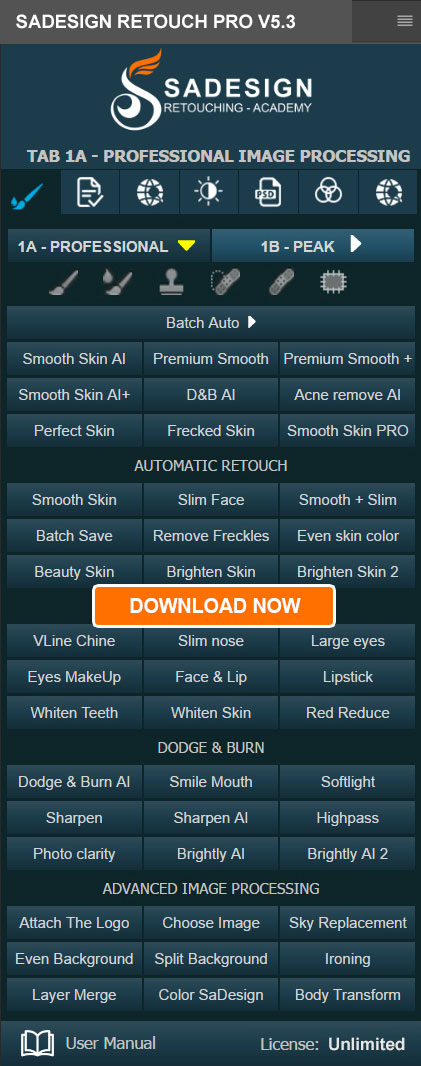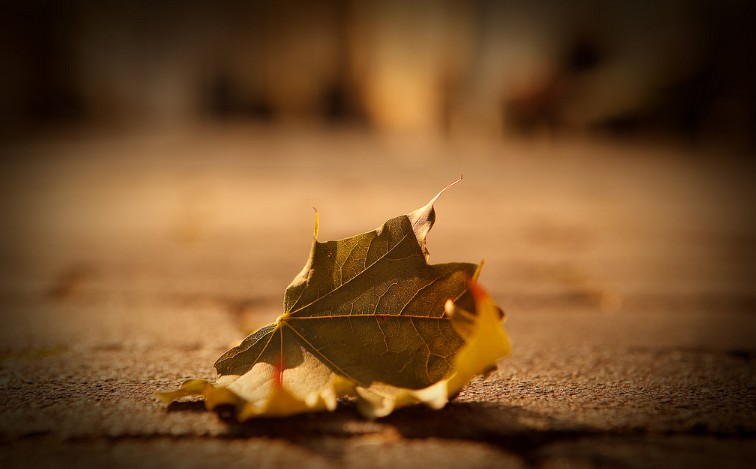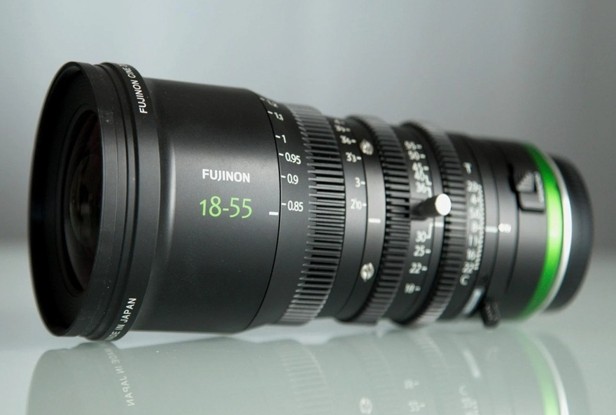Best Selling Products
9 Flash Mistakes That Make Your Photos Unprofessional
Nội dung
- 1. Use automatic shooting mode
- 2. Use only the camera's built-in flash
- 3. Do not diffuse the flash light
- 4. Lack of control over ambient light when shooting with flash
- 5. Opening the aperture too wide when shooting with flash
- 6. Misunderstanding the role of shutter speed when shooting with flash
- 7. Wrong white balance when shooting with flash
- 8. Using inappropriate continuous lighting
- 9. Don't use flash even when needed
Wrong white balance or overpowering ambient light can have a huge impact on the overall image. Unfortunately, many people use flash by default, turning it on and taking pictures without really understanding how it works.
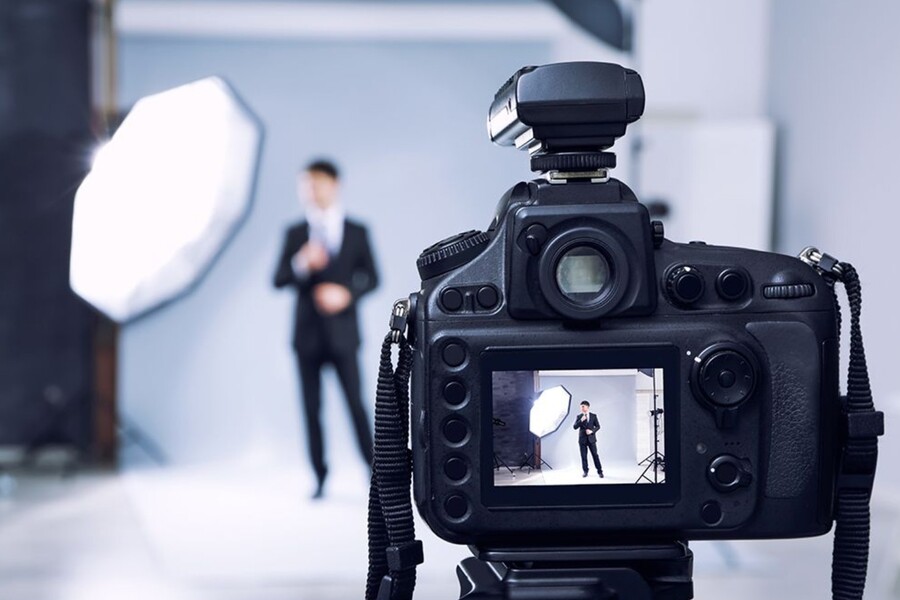
In photography, light is the most important factor and flash is a powerful tool that helps you actively control light. Whether you are a beginner or a seasoned photographer, using flash properly will not only improve the quality of your photos in low light conditions, but also open up countless creative possibilities in terms of composition, contrast and image emotion.
However, with that power comes constant risks if you don’t understand the nature of flash light. From overexposed photos, hard and unnatural lighting, to incorrect white balance or ambient light overwhelming the flash, every little mistake can have a big impact on the overall image. Unfortunately, many people use flash by default, turning it on and taking photos without really understanding how it works.
This article will help you systematically review the most common mistakes when shooting with flash, explain why they happen and more importantly, guide you to thoroughly fix each problem. Whether you are using a built-in flash or an external flash, shooting indoors or outdoors, this will be your guide to mastering light and taking your photography skills to the next level.
1. Use automatic shooting mode
One of the most basic mistakes that many photographers, especially beginners, often make when using flash is to rely too much on the automatic shooting modes available on the camera. These modes such as Aperture Priority, Shutter Priority, or Auto ISO, although very useful in natural light conditions, often bring poor results when shooting with flash.
The reason is that the camera cannot accurately measure light in environments with short-lived artificial light sources such as flash. The result is often uneven exposure, blown highlights or harsh shadows, losing detail. In addition, the TTL (Through The Lens) flash mode of many cameras, although flexible, does not always react correctly in all situations.
.png)
The most effective way to overcome this is to switch to manual mode. Although it may seem complicated at first, having full control over the settings such as aperture, shutter speed, ISO and flash power will give you more control over the light in the frame. Once you get used to it, you will know where to start. For example, when shooting macro, you can set f/11, 1/200s, ISO 200 and flash at ¼ power, then make slight adjustments to achieve the desired result.
2. Use only the camera's built-in flash
Using a built-in flash (pop-up flash) is a quick and convenient option, but it is the main cause of unnatural, flat and depthless photos. When the flash is emitted from the axis of the lens, the light will be directed directly at the subject, causing the photo to be prone to red-eye, loss of light and dark blocks, and lack of visual depth.
To improve, you should invest in an external flash. This type of flash allows you to control the direction of the light, separating the light from the lens axis and creating a more stereoscopic light. Even if you don't have a wireless trigger, you can still connect an external flash via cable, place it at a different angle to create a much softer and more natural lighting effect.
If you must use built-in lighting, consider using a diffuser or bounce. Attaching a mini diffuser or simply bouncing the light off the ceiling will help create softer lighting, reducing harsh shadows and red-eye. While it’s not as good as an external flash, it’s a significant improvement over shining the light directly at your subject.
.png)
3. Do not diffuse the flash light
The original flash light is often very strong and focused, leading to the phenomenon of “hot spots” where the light is too harsh, burning out details and creating sharp, hard and unsightly shadows. This is a common mistake even for those who have used a separate flash but not combined with a light diffuser.
When light is not diffused, illuminated areas can look unnatural, especially in portrait or product photography. Skin imperfections can be exposed, while shiny surfaces like metal and glass can reflect light extremely strongly.
By using diffusers such as mini softboxes, umbrellas or simply a diffuser mounted directly on the light head, the light will be dispersed more widely, softer and less harsh. In addition, when shooting in a closed space such as a studio or a room with a light-colored ceiling, bouncing the flash onto the ceiling also creates a very good light diffusion effect.
4. Lack of control over ambient light when shooting with flash
Another common mistake is to ignore ambient light when shooting with flash. Many people think that using a strong flash will control all the light in the photo. However, in reality, ambient light such as sunlight, street lights, or light from the sky can enter the frame and affect the quality of the photo.
Without good control of ambient light, you can end up with unwanted reflections, uneven lighting between areas, or color distortions due to light from multiple sources with different color temperatures. Worse, you can lose control of shadows, resulting in patchy light or unusual dark areas.
.png)
There are two approaches depending on the situation. One is to completely eliminate ambient light by using a powerful flash, closing the aperture and reducing the ISO, and placing the flash close to the subject to create the main light. The other is to harmoniously combine the flash with a technical environment called “fill flash” to retain beautiful background light like a sunset, while brightening the subject in the foreground.
Adding a color filter (flash gel) is an effective way to balance the color temperature between the subject and the background, avoiding the subject light being cold while the background is warm. This is an important factor for the photo to have color and emotional consistency.
5. Opening the aperture too wide when shooting with flash
A blown out flash photo is often not just due to the flash being too strong, but also due to the aperture being too large. A large aperture like f/1.8, f/2.8 allows too much light to reach the sensor and when combined with flash or a bright environment, the photo is very likely to be overexposed.
Since most cameras have a flash sync speed limit, usually 1/200s or 1/250s, you can’t simply increase the shutter speed to reduce the light as you would in normal conditions. Therefore, to avoid overexposing your photos, you should close your aperture to a smaller number, such as f/5.6 or f/8, to better control the amount of light entering the camera.
Then, if you find that the subject is darkened due to the closed aperture, you can increase the flash power to compensate. This is the optimal method because it helps you balance the ambient light and the flash without sacrificing speed or image quality.
6. Misunderstanding the role of shutter speed when shooting with flash
When taking photos with natural light, shutter speed directly affects the amount of light and the level of motion blur. However, when using flash, many people forget that the flash only lights up for a very short time, usually 1/1000s or less, so the shutter speed has almost no effect on the light from the flash.
.png)
In a completely dark environment and using only flash, whether you set the shutter speed to 1/200s or 10s, the image will be exactly the same brightness if the flash power remains the same. This leads to an important technique in flash photography: using the shutter to adjust for ambient light and using the flash to illuminate the subject.
If you want to darken the background, shoot at the highest shutter speed possible while still syncing with the flash. Conversely, if you want to brighten the background, slow down the shutter speed. Understanding the difference between these two light sources will help you better control the overall light and create impressive lighting effects.
7. Wrong white balance when shooting with flash
A common but overlooked mistake is getting the white balance wrong when using flash. Since flash light is often a different color temperature than the surrounding environment, if the camera sets the white balance incorrectly, the image will have an unpleasant color cast, often cold or blue.
Some diffusers, especially homemade or old ones, can change the color of the light from the flash, causing the color temperature to shift even further. Therefore, leaving your camera in Auto White Balance mode may not produce the desired results.
The best solution is to use Custom White Balance, manually white balance by taking a photo of a pure white object in the current lighting conditions and letting the camera use it as a reference. Additionally, you should shoot in RAW format so you can adjust the color temperature in post-production without affecting the image quality.
8. Using inappropriate continuous lighting
During shooting, many photographers use LED lights or AF assist lights to see better in dark environments. However, if the light is too bright or has an unstable flash frequency, it can cause flickering effects or black streaks when viewed through live view or in captured images.
Some low-quality LED lights emit uneven or cyclical light that is not noticeable to the human eye but is clearly recorded by the camera sensor. This is especially annoying when shooting video or shooting in low light conditions.
.png)
The solution is to use a light that has a true constant light mode and the ability to dim smoothly. If you are unsure, try the light before you buy it or bring a secondary device to test the light frequency when it is turned on.
9. Don't use flash even when needed
Another mistake that comes from fear is avoiding using flash because you fear it will look fake, harsh, or difficult to adjust. However, it’s not the flash that makes a bad photo, it’s how you use it that makes it bad.
Once you master the technique, you'll find that flash opens up a world of creative possibilities: from replicating daylight in dark spaces, to creating double exposures, to adding a spot light when shooting against the sun. It's a tool that lets you control the light as you want, rather than being limited by the conditions of the scene.
Even photos that look like they were taken with natural light can be enhanced by flash if used sparingly. Don't dismiss flash just because it fails a few times at first. Learn to use it as an essential part of your professional photography toolkit.
Flash photography is a separate field in photography, requiring the photographer to have knowledge of lighting techniques, understand how to combine different light sources and control every smallest element in the frame. The common mistakes listed in this article are not only initial stumbling blocks, but also valuable lessons to help you go further in your journey to master artificial lighting.
Correcting basic mistakes like using the wrong shooting mode, not diffusing light, or ignoring ambient light will help you create more professional, dynamic, and expressive photos. Take the time to practice, experiment, and fine-tune your settings to suit your specific situation. Flash, when used correctly, is more than just a lifesaver in low light conditions; it’s a powerful creative tool that every photographer should master.








